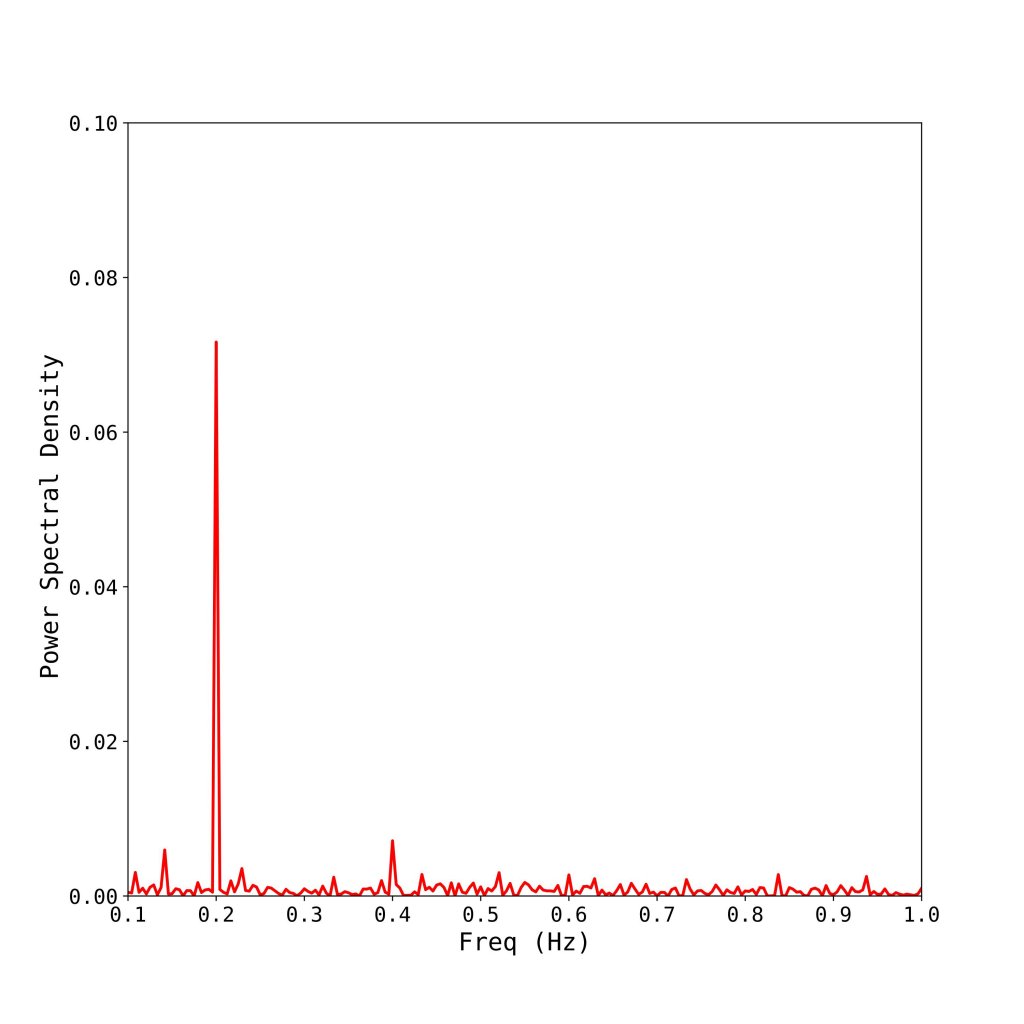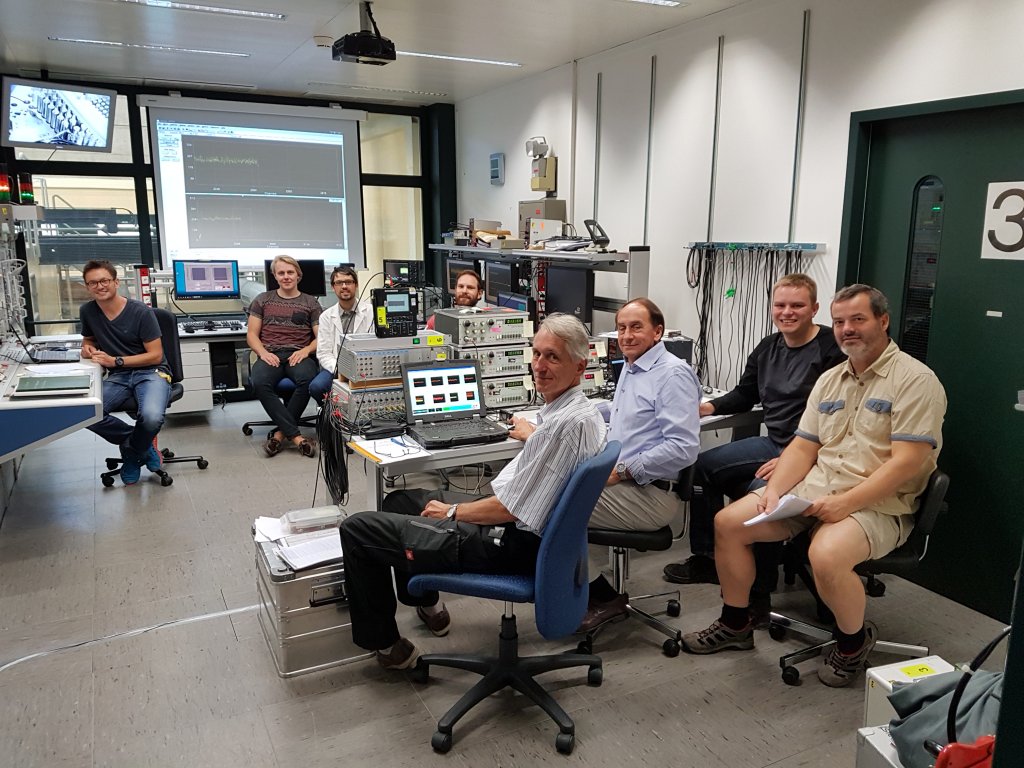Work Package 2 targets the generation of high-quality neutron noise experimental data for the subsequent validation of computers methods and models developed in other work packages. The AKR-2 reactor at TU Dresden and th CROCUS reactor at EPFL are the facilities where experimental data for code validation is generated.
AKR-2 reactor
- the rotation of a variable strength absorber
- the use of a pile oscillator.

Figure 1 – Detector time series for the rotating absorber at 0,2 Hz

Figure 2 – Detector power spectral density for the rotating absorber at 0,2 Hz
During the AKR-2 experimental campaign, the neutron flux oscillations were detected by seven different out-of-core detectors. The position of the rotating absorber or pile oscillator were also recorded. Three independent acquisition systems provided by TUD, EPFL and ISTec were used during the measurements. An in-depth characterization of the acquisition chains of each participant was performed in the framework of the qualification of the three acquisition systems. Time series and power spectral densities were produced for various perturbation frequencies, power level and sampling frequencies generating an experimental data set suitable for code validation.

CROCUS reactor
With respect to the CROCUS facility, after resolving difficulties regarding its licensing, the COLIBRI oscillator has been installed. It was tested during the first CORTEX measurement campaign at CROCUS which took place between September 17th and September 21th 2018; campaign during which the EPFL team hosted personnel from TUD, ISTec and TIS. The neutron flux perturbations were produced through the oscillation of 18 fuel rods located in the periphery of CROCUS for various frequencies and oscillation amplitudes.
By Mathieu Hursin

